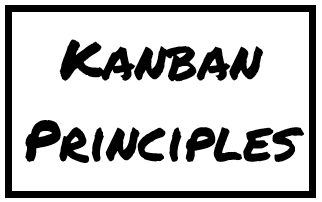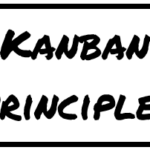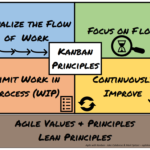The distinction between managers vs. leaders often sparks lively debates and a flood of opinions. But at its core, this comparison can be misleading. Managers and leaders are not inherently opposing forces or mutually exclusive. Both managers and leaders work within structures, have responsibilities, and are interested in accomplishing goals and meeting the needs of their jobs. In a world that often pits these two against each other, it’s essential to step back and consider the nuances: a manager can be a leader, and a leader doesn’t always need to be a manager. This article explores both, debunks common misconceptions, and explains how these skill sets complement rather than contradict each other.
 Jake Calabrese
Jake Calabrese
Self-Organizing Teams vs. Self-Managing Teams
Are self-organizing teams better or the same as self-managing teams? What about self-directing teams? Working with teams can be challenging due to change and complexity. So, the idea that we could have self-organizing teams or self-managing teams can sound valuable, scary, or both!
What do these terms mean, and where can they be confusing? Let’s dig into each one.
The Tiger Team Trap: Why Special Teams Aren’t the Answer (and What to Do Instead)
Have you ever been in a situation where your organization suddenly faces an urgent, high-priority task? If so, you’ve probably heard someone suggest forming a “Tiger Team” to tackle it. It sounds great in theory, right? “A special team of top performers laser-focused on solving the big problem.” But here’s the thing – Tiger Teams often create more problems than they solve. Let’s dive into why this approach can be problematic and explore better alternatives.
Prioritizing Work – “More People” is Not the Answer – Stop Making Excuses
Have you ever thought, “If only we had more people, we could get everything done?” If so, you’re not alone. I’ve been getting this question a lot lately, and I’ve got to tell you, it always makes me laugh a bit. Why? Because it’s based on a fundamental misunderstanding of how work actually gets done.
The Highway of Work: Why Prioritization is Your Fast Lane to Success
Prioritization of work is key if you want to deliver anything. Have you ever been stuck in bumper-to-bumper traffic, inching forward at a snail’s pace? It’s frustrating, right? Now, imagine if I told you that many organizations manage their work in a way that’s just as inefficient. Sounds absurd, doesn’t it? But stick with me, and I’ll show you why this analogy isn’t as far-fetched as you might think.
Transparent Business Decisions [Video]
So one of the challenges that we run into a lot, we’re talking about Agile, we’re talking about Scrum, Kanban, anything really within Agile, is that people talk about empiricism. Empiricism is just inspect and adapt and be transparent – inspection, adaptation, and transparency. The problem is that while these make nice posters and t-shirt … Continue Reading→
Global Listening When Remote
Many people are working from home at this point and this will obviously continue for a while. Many organizations had already been working remote. I’ve worked on a number of remote teams and with a number of remote organizations well before the current situation we are in. I’ve done remote work as a coach, trainer, product manager, and team member well before the current situation we are in. Each of those instances I found myself enjoying some aspects of the work and also wishing for aspects to be in person. One of the most challenging things to do remotely is to listen.
A Short History of Kanban (and Lean) (Part 3)
The history of lean and kanban is a challenge to boil down, so inevitably, I know there are aspects that are missing here. The title says “short” because, while there is a lot of information here, it is short in terms of how more is out there! Additionally, there are often disagreements on certain aspects and points around the history, and we’ve sourced the various elements included in this outline. A key part of understanding kanban is going beyond the principles and practices, to understand what is behind it work. The history points us to a critical key.
Kanban Principles for Success (Part 2)

The kanban principles we use and I mention in What is Kanban? are fairly straightforward, yet often ignored in organizations who say they are doing kanban. I want to dig into a bit more depth on each of the principles, for those are are less familiar with them (or perhaps even for some that are).
What is Kanban (看板)? [Part 1]
This is a common question, since Kanban can have several word uses and meanings in the agile space. The term gets thrown around a lot, making it even more confusing. In order to understand Kanban and where it comes from, let’s start with some basic definitions and the foundations. We start with the basics, because there is often confusion around what kanban is.
Simple definitions of kanban:
- a signboard or billboard in Japanese
- a just-in-time method of inventory control, originally developed in Japanese automobile factories
- a Japanese lean manufacturing system in which the supply of components is regulated through the use of an instruction card sent along the production line
- an agile approach or framework









